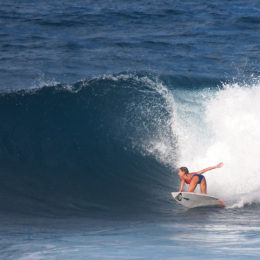New York City’s “Little Guyana” — near the southern boundary of the Richmond Hill neighbourhood in Queens — is home to Guyanese roti shops and bakeries, groceries selling tropical produce, and one of North America’s most vibrant Indo-Caribbean communities. Each spring, it’s also the home of the city’s biggest Phagwah celebration — the Hindu festival known in other parts of the world as Holi.
In Guyana, Trinidad, and Suriname, the prevailing hue of Phagwah is the lurid purple of abeer, the coloured liquid that gleeful celebrants squirt and splash. But March in New York isn’t the best season for a soaking — not when the temperature is under ten degrees Celsius. Instead, people play Phagwah with colourful powders (or even plain talcum powder, in a pinch). Still, the soundtrack — tassa drumming, Bollywood songs, a bit of chutney — remains the same, as does the curry menu for the big street party that follows the parade down Liberty Avenue. There you’ll find Miss Phagwah contestants, teenagers costumed as Hindu deities, hundreds of Guyanese and Trinidadians with their smiling faces smeared red and pink and green, and curious neighbours of all backgrounds enjoying the community spirit and the sheer fun.























